A Horse Owner’s Guide to Nutrition: Feeding for Lifelong Health
As a horse owner, one of the most crucial responsibilities you have is ensuring your horse receives proper nutrition. The food you provide isn’t just fuel; it’s the foundation of your horse’s health, performance, and longevity. Proper nutrition impacts everything from your horse’s coat condition and hoof quality to their energy levels and resistance to disease.
However, equine nutrition isn’t a one-size-fits-all approach. Horses have complex and sensitive digestive systems, and their nutritional needs can vary greatly based on factors such as age, breed, activity level, and overall health. What works for one horse may not be suitable for another, making it essential for owners to understand the basics of equine nutrition and how to tailor feeding programs to individual needs.
In this comprehensive guide, we’ll explore the fundamentals of horse nutrition, diving into topics such as the equine digestive system, essential nutrients, the importance of forage, and how to adjust feeding practices based on life stage and activity level. We’ll also discuss common nutritional issues and how to avoid them, helping you make informed decisions about your horse’s diet.
Whether you’re a new horse owner or have years of experience, this guide aims to provide valuable insights that will help you develop a feeding strategy promoting your horse’s lifelong health and well-being. By the end, you’ll have a clearer understanding of how to nourish your horse effectively, setting the stage for a happy, healthy equine partnership for years to come.
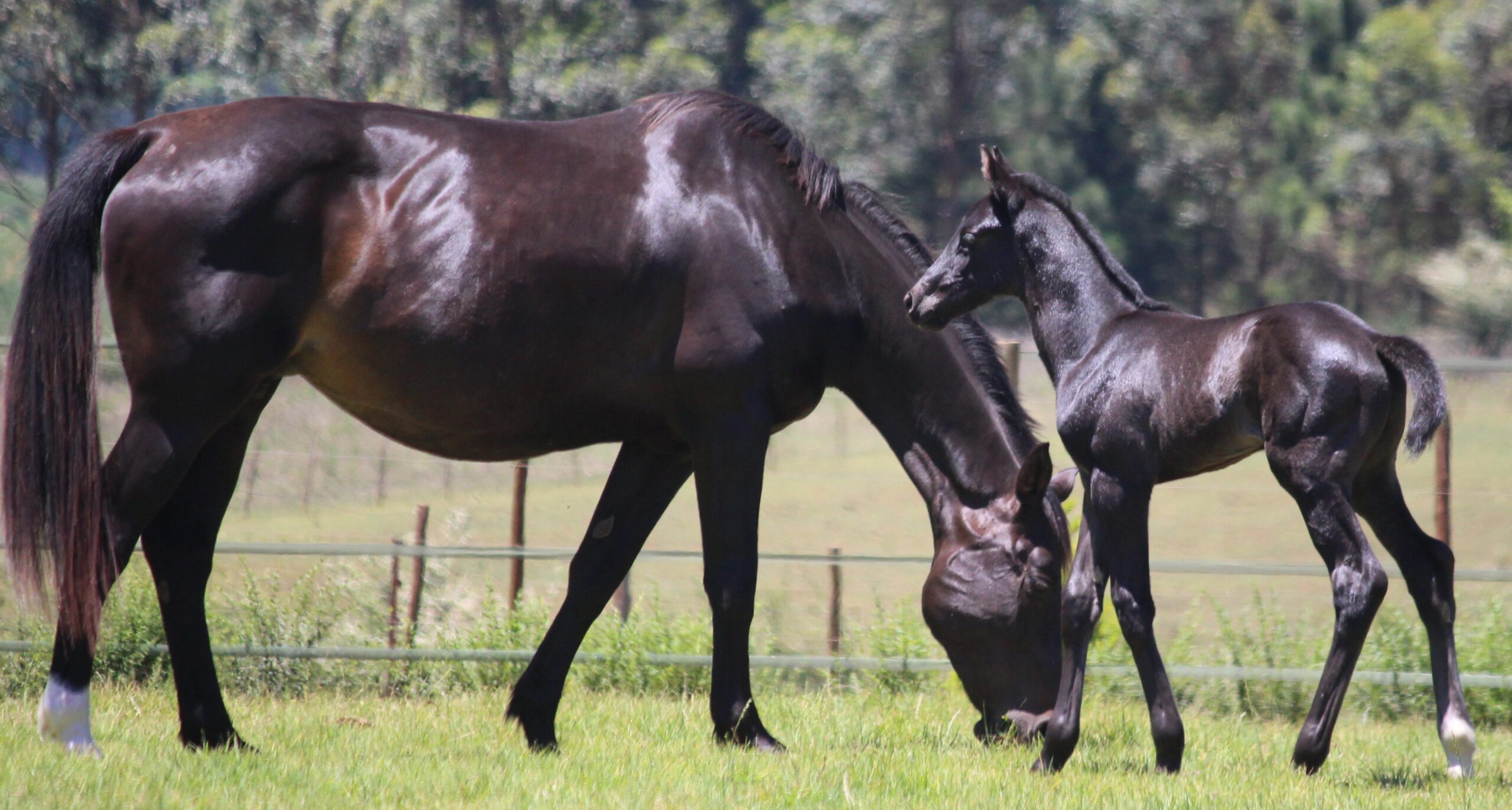
Understanding Horse Digestive System
To effectively manage your horse’s nutrition, it’s crucial to understand the unique aspects of their digestive system. Horses are herbivores and hindgut fermenters, which means their digestive anatomy and physiology are specifically adapted to process plant-based materials.
Anatomy and physiology:
- Mouth: The process begins here, where horses use their lips and teeth to grasp and grind food. They produce saliva, which contains enzymes that begin breaking down carbohydrates.
- Esophagus: Food travels down this muscular tube to the stomach.
- Stomach: Surprisingly small for the horse’s size, it only makes up about 10% of the digestive system. It primarily mixes food with gastric juices and begins protein digestion.
- Small Intestine: Here, most of the digestion and absorption of proteins, simple carbohydrates, and fats occurs.
- Cecum: This is the horse’s version of a human’s appendix, but much larger and functional. It’s where fibrous materials are broken down through bacterial fermentation.
- Large Colon: Continues the fermentation process and absorbs water and electrolytes.
- Small Colon: Forms fecal balls and absorbs any remaining water.
Unique aspects of equine digestion:
- Continuous Grazing: Horses are designed to eat small amounts frequently throughout the day. Their stomachs continuously produce acid, so regular forage intake helps prevent ulcers.
- One-Way Digestive System: Horses can’t regurgitate food or relieve gas through belching, which makes them prone to colic if fed improperly.
- Hindgut Fermentation: The cecum and colon house beneficial bacteria that break down fiber, producing volatile fatty acids as an energy source.
- Limited Stomach Capacity: Horses can’t handle large meals due to their small stomach. Overfeeding can lead to digestive upset.
- Efficient Fiber Digestion: Horses can extract nutrients from fibrous plants more effectively than many other animals.
Understanding these aspects of equine digestion helps explain why certain feeding practices are recommended and others are discouraged. It underscores the importance of providing consistent access to forage, avoiding large grain meals, and making any dietary changes gradually to maintain digestive health.
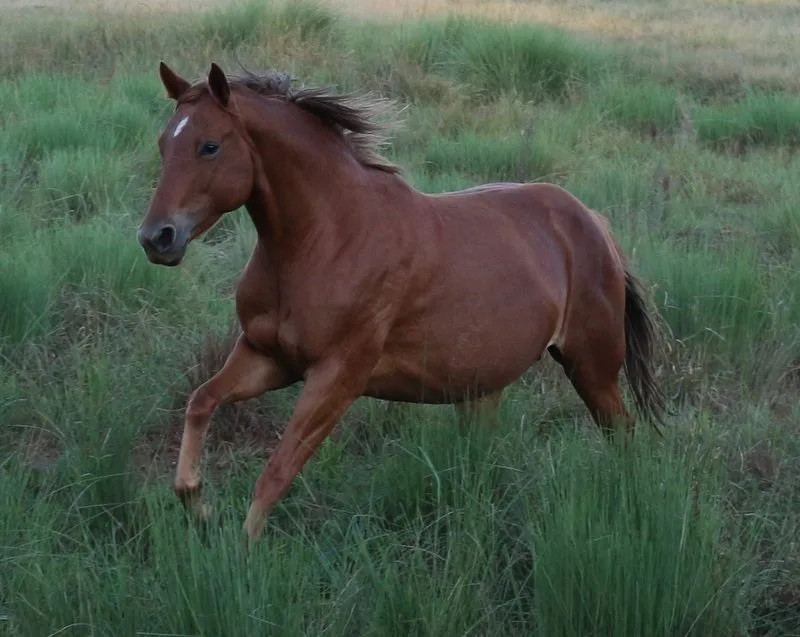
Essential Nutrients for Horses
Providing a balanced diet that includes all essential nutrients is key to maintaining your horse’s health. Let’s explore the six main categories of nutrients that horses require:
Carbohydrates:
- Are primary energy source for horses
- There are two main types: structural (fiber) and non-structural (starches and sugars)
- Structural carbohydrates from forage are crucial for gut health
- Non-structural carbohydrates provide quick energy but should be limited to prevent metabolic issues
Proteins:
- Are essential for muscle development, tissue repair, and enzyme production
- Composed of amino acids; some are essential and must be provided in the diet
- Quality of protein (amino acid profile) is as important as quantity
- Growing horses, pregnant mares, and hard-working horses have higher protein requirements
Fats:
- Concentrated energy source (2.25 times more energy-dense than carbohydrates)
- Important for coat health and can improve endurance
- Sources include vegetable oils, rice bran, and certain seeds
- Can be added to increase calorie intake without increasing grain consumption
Vitamins:
- Crucial for various metabolic functions
- Fat-soluble vitamins: A, D, E, and K
- Water-soluble vitamins: B-complex and C
- Horses typically synthesize vitamin C and get most B vitamins from gut fermentation
- Vitamin supplementation needs vary based on diet and individual horse factors
Minerals:
- Essential for bone development, nerve function, and various physiological processes
- Macrominerals (needed in larger amounts): Calcium, Phosphorus, Magnesium, Sodium, Potassium, Chloride
- Microminerals (needed in smaller amounts): Iron, Zinc, Copper, Manganese, Iodine, Selenium
- Proper balance is crucial, especially for calcium and phosphorus
Water:
- Is the most critical nutrient
- Essential for digestion, thermoregulation, and all bodily functions
- Horses need 5-15 gallons per day, depending on diet, workload, and climate
- Clean, fresh water should be available at all times
Understanding these nutrients and their roles helps in formulating a balanced diet for your horse. The right combination and amount of these nutrients will vary based on your horse’s age, weight, activity level, and health status.

Forage: The Foundation of Equine Diet
Forage should be the cornerstone of every horse’s diet. It’s not just filler; it’s essential for maintaining gut health, providing nutrients, and satisfying the horse’s natural grazing instinct. Let’s explore the key aspects of forage in equine nutrition:
Types of forage:
- Hay:
- Grass hay (e.g., timothy, orchard grass, meadow fescue)
- Legume hay (e.g., alfalfa, clover)
- Mixed hay (combination of grass and legume)
- Pasture:
- Various grass types depending on region and climate
- Can include some legumes like clover
Importance of quality and quantity:
- Quality:
- Look for hay that is green, leafy, and free from dust, mold, and weeds
- Analyze nutrient content if possible, especially for horses with special needs
- Pasture quality can vary seasonally; monitor closely
- Quantity:
- Horses should consume 1.5-2% of their body weight in forage daily
- For a 1000 lb horse, this equates to 15-20 lbs of hay per day
- Adjust based on individual needs and body condition
Forage-to-concentrate ratios:
- Aim for the highest forage-to-concentrate ratio possible
- Many horses can thrive on a forage-only diet with appropriate vitamin/mineral supplementation
- If concentrates are needed, try to keep them to less than 50% of the total diet
- High-performance horses may require higher concentrate ratios, but forage should still be maximized
Benefits of a forage-based diet:
- Promotes natural feeding behavior and reduces boredom
- Maintains gut health by encouraging proper digestion and reducing ulcer risk
- Provides a steady release of energy, helping to maintain consistent blood sugar levels
- Supports dental health through constant chewing
- Can help maintain a healthy weight when managed properly
Considerations for forage feeding:
- Introduce new hay or pasture gradually to avoid digestive upset
- Use slow-feeders or small-hole hay nets to extend feeding time and prevent waste
- Monitor pasture consumption to prevent overgrazing and reduce the risk of laminitis in susceptible horses
- Consider soaking hay for horses with respiratory issues or those prone to choke
While forage is crucial, some horses may need additional nutrients that forage alone can’t provide. In the next section, we’ll discuss when and how to supplement the forage-based diet with concentrates and other additives to meet all of your horse’s nutritional needs.
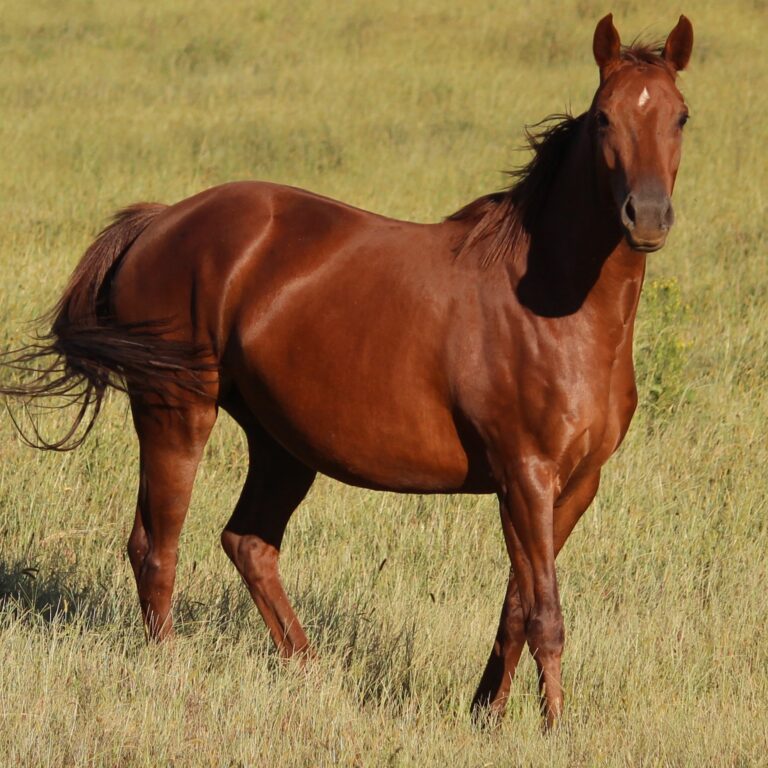
Concentrates and Supplements
While forage forms the foundation of a horse’s diet, some horses may require additional nutrients in the form of concentrates and supplements. This section will explore when and why to use these additions, as well as common types and their purposes.
When and why to use concentrates:
- To meet higher energy requirements (e.g., performance horses, pregnant mares)
- To provide additional nutrients not sufficiently available in forage
- For horses that struggle to maintain weight on forage alone
- During periods of increased stress or recovery from illness
Types of concentrates:
- Grains:
- Oats: Easy to digest, but low in some nutrients
- Corn: High in energy, but also high in starch
- Barley: Good energy source, needs processing for better digestion
- Commercial grain mixes:
- Balanced for specific life stages or activity levels
- Often fortified with vitamins and minerals
- Can include pellets, sweet feed, or textured feed
- Complete feeds:
- Designed to be fed with little or no hay
- Useful for senior horses or those with dental issues
- Beet pulp:
- High in fiber, low in starch
- Good for adding calories without the “hot” effect of grains
- Rice bran:
- High in fat and calories
- Often used for weight gain or coat condition
Common supplements and their purposes:
- Vitamin and mineral supplements:
- To balance deficiencies in forage or concentrate
- Often needed when feeding primarily grass hay
- Joint supplements:
- Contain ingredients like glucosamine and chondroitin
- Used for joint health, especially in older or athletic horses
- Omega-3 fatty acids:
- For coat health, immune function, and anti-inflammatory properties
- Sources include flaxseed and fish oil
- Probiotics and prebiotics:
- To support digestive health and immune function
- Electrolytes:
- To replace minerals lost through sweating
- Important for horses in heavy work or hot climates
- Hoof supplements:
- Contain biotin, methionine, and zinc for hoof health
- Calming supplements:
- May include magnesium, B-vitamins, or herbs
- Used for nervous or high-strung horses
Considerations when using concentrates and supplements:
- Always introduce new feeds or supplements gradually
- Feed concentrates in small meals (no more than 0.5% of body weight per feeding)
- Choose products appropriate for your horse’s life stage and activity level
- Be cautious of over-supplementation, which can lead to imbalances
- Consult with a veterinarian or equine nutritionist before adding supplements
Not all horses need concentrates or supplements. Many can thrive on a forage-only diet with a basic vitamin and mineral balancer. Always assess your horse’s individual needs, considering factors like age, workload, and overall health when deciding whether to add concentrates or supplements to their diet
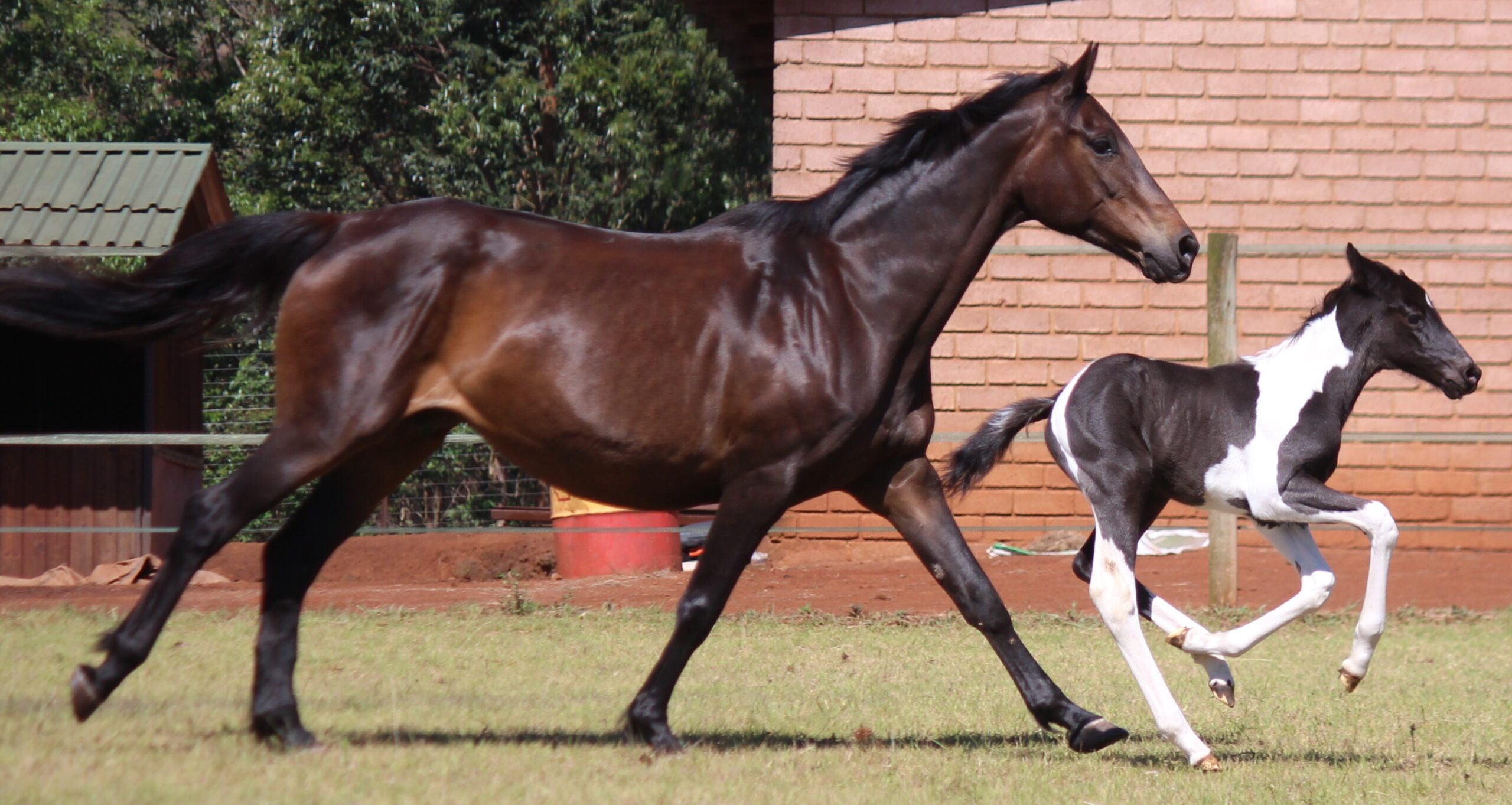
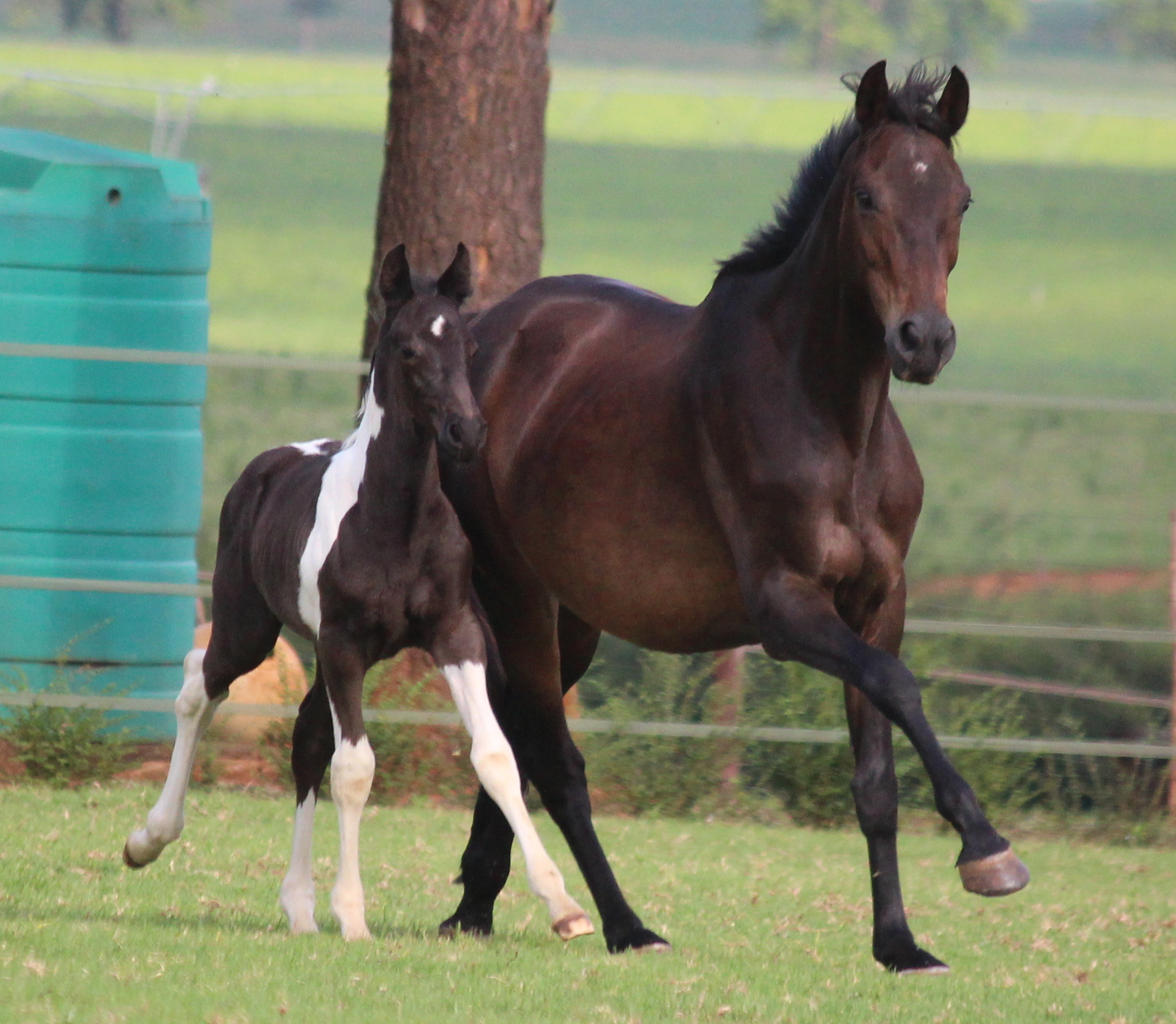
Feeding Based on Life Stage
A horse’s nutritional needs change throughout its life. Understanding these changing requirements is crucial for maintaining optimal health at every stage. Let’s explore the dietary considerations for horses at different life stages:
Foals and young horses:
- Nursing foals:
- Rely primarily on mare’s milk for the first 2-3 months
- Begin offering small amounts of forage and concentrate from 1-2 weeks of age
- Gradually increase solid food as they approach weaning
- Weanlings and yearlings:
- Require diets high in quality protein, energy, calcium, and phosphorus for proper growth
- Feed 2-3% of body weight daily, with about 50% coming from forage
- Use feeds specifically formulated for growing horses to ensure balanced nutrition
- Monitor growth rate to prevent developmental issues
Adult horses:
- Maintenance (non-working):
- Often do well on forage-only diets with appropriate vitamin/mineral supplementation
- Feed 1.5-2% of body weight in forage daily
- Adjust calories based on body condition
- Working horses:
- Increase calorie intake based on workload
- May need additional concentrates to meet energy requirements
- Consider adding fat for sustained energy and to reduce grain intake
- Ensure adequate protein for muscle maintenance and repair
Senior horses:
- Might have decreased digestive efficiency and dental issues
- Often benefit from:
- Easily digestible fiber sources (e.g., beet pulp, complete senior feeds)
- Higher protein diets to maintain muscle mass
- Increased fat for weight maintenance and coat health
- Smaller, more frequent meals
- Soaked or pelleted feeds if dental problems are present
Pregnant and lactating mares:
- Early to mid-gestation:
- Similar to a maintenance diet, with attention to overall nutrition
- Gradual weight gain is normal and necessary
- Late gestation (last 3 months):
- Increase energy and protein intake
- Ensure adequate calcium and phosphorus for fetal development
- Introduce feeds formulated for broodmares
- Lactation:
- Highest nutritional demand of any life stage
- Requires increased energy, protein, calcium, and phosphorus
- May need 2-3 times the calories of a maintenance diet
- Gradually decrease as milk production declines and foal begins eating more solid food
Key considerations across all life stages:
- Always make dietary changes gradually to avoid digestive upset
- Regularly assess body condition and adjust feed accordingly
- Provide constant access to fresh, clean water
- Ensure access to salt or a mineral block
- Maintain a consistent feeding schedule
These are general guidelines, and individual horses may have unique needs based on factors like breed, metabolism, and overall health. Regular consultation with a veterinarian or equine nutritionist can help you fine-tune your horse’s diet to their specific requirements at each life stage.
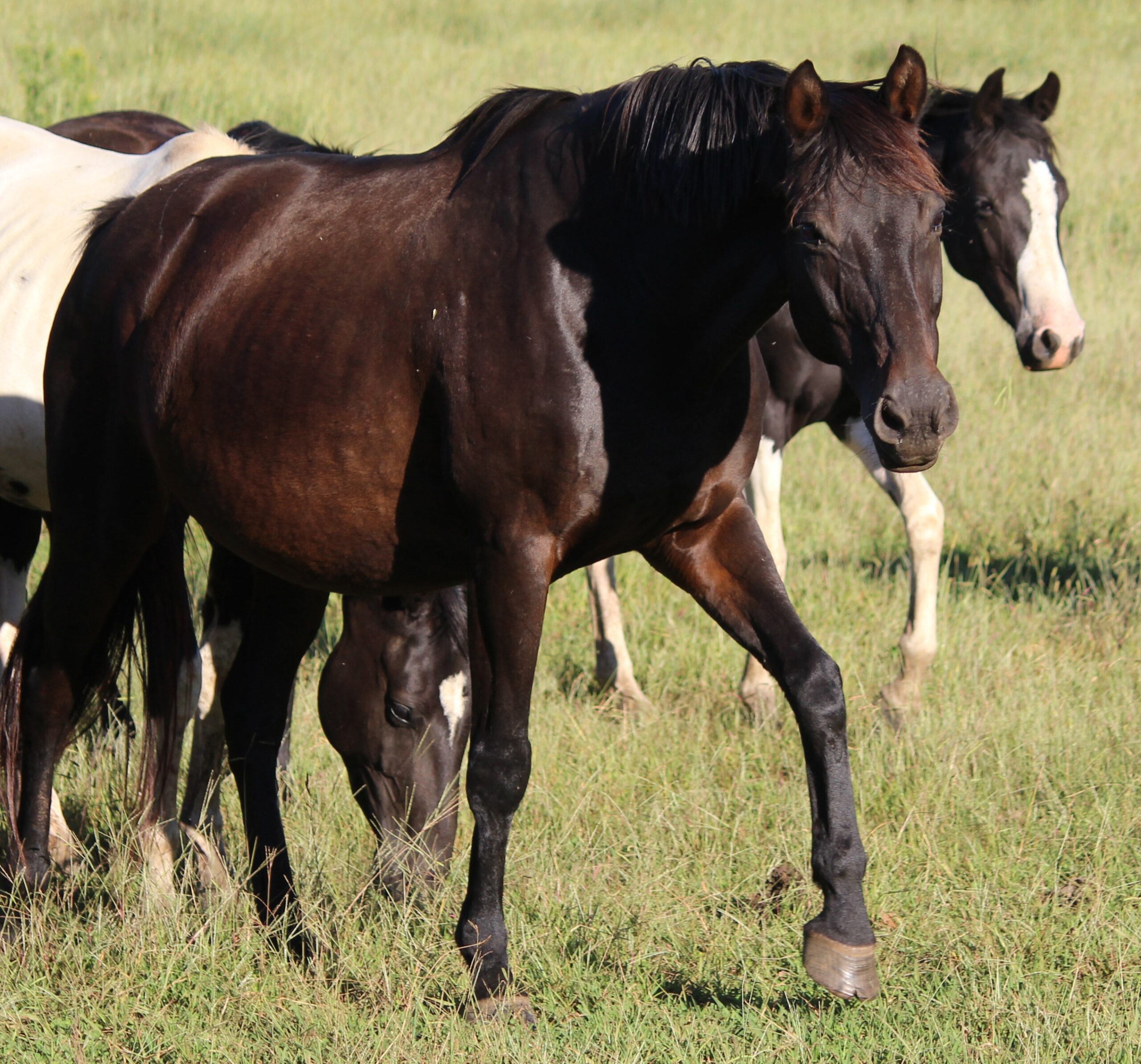
Special Dietary Considerations
While the general principles of equine nutrition apply to most horses, certain individuals may require specialized diets due to their performance needs, metabolic conditions, or other health issues. Let’s explore some common scenarios that require special dietary attention:
Performance horses:
- Increased energy requirements based on intensity and duration of work
- Higher need for electrolyte replacement
- May benefit from:
- Higher fat diets for sustained energy
- Easily digestible fiber sources
- Increased vitamin E and selenium for muscle function
- Careful timing of meals around exercise
Easy keepers and hard keepers:
- Easy keepers (prone to weight gain):
- Limit calorie intake while maintaining nutrient balance
- Use low-calorie, high-fiber feeds
- Consider grazing muzzles or restricted pasture access
- Implement a regular exercise program
- Hard keepers (difficulty maintaining weight):
- Increase calorie density of diet
- Add high-fat supplements or oils
- Feed smaller meals more frequently
- Rule out underlying health issues (e.g., dental problems, parasites)
Horses with health issues:
- Metabolic disorders (e.g., Equine Metabolic Syndrome, Cushing’s Disease):
- Limit non-structural carbohydrates (sugars and starches)
- Provide low-glycemic index feeds
- Carefully manage pasture access
- Consider supplements to support insulin sensitivity
- Gastric ulcers:
- Maximize forage intake
- Reduce grain and concentrate feeds
- Feed small meals frequently
- Consider alfalfa hay (natural buffering effect)
- Use supplements designed to support gastric health
- Laminitis-prone horses:
- Strictly limit sugars and starches
- Provide low-sugar hay (consider soaking to remove excess sugars)
- Carefully manage body weight
- Implement controlled exercise as recommended by a veterinarian
- Horses with dental problems:
- Offer softer, easier-to-chew forages
- Use complete feed pellets or cubes
- Consider soaked feeds or mashes
- Ensure adequate water intake
- Horses with respiratory issues:
- Provide dust-free hay (consider steaming or soaking)
- Use low-dust bedding
- Feed from ground level to encourage drainage
- Horses with liver or kidney disease:
- Work closely with a veterinarian to balance protein intake
- May need specialized commercial feeds
- Monitor and adjust mineral intake, especially copper and iron for liver issues
Key points for managing horses with special dietary needs:
- Always consult with a veterinarian or equine nutritionist for personalized advice
- Make dietary changes gradually
- Monitor body condition, performance, and overall health closely
- Be prepared to adjust the diet as the horse’s condition changes
- Consider using feeds specifically formulated for the horse’s condition
- Don’t neglect the importance of exercise and overall management in conjunction with dietary adjustments
While nutrition plays a very important role in managing these conditions, it’s just one part of a comprehensive health care plan. Regular veterinary check-ups, appropriate exercise, and good overall management are equally important in maintaining your horse’s health and well-being.
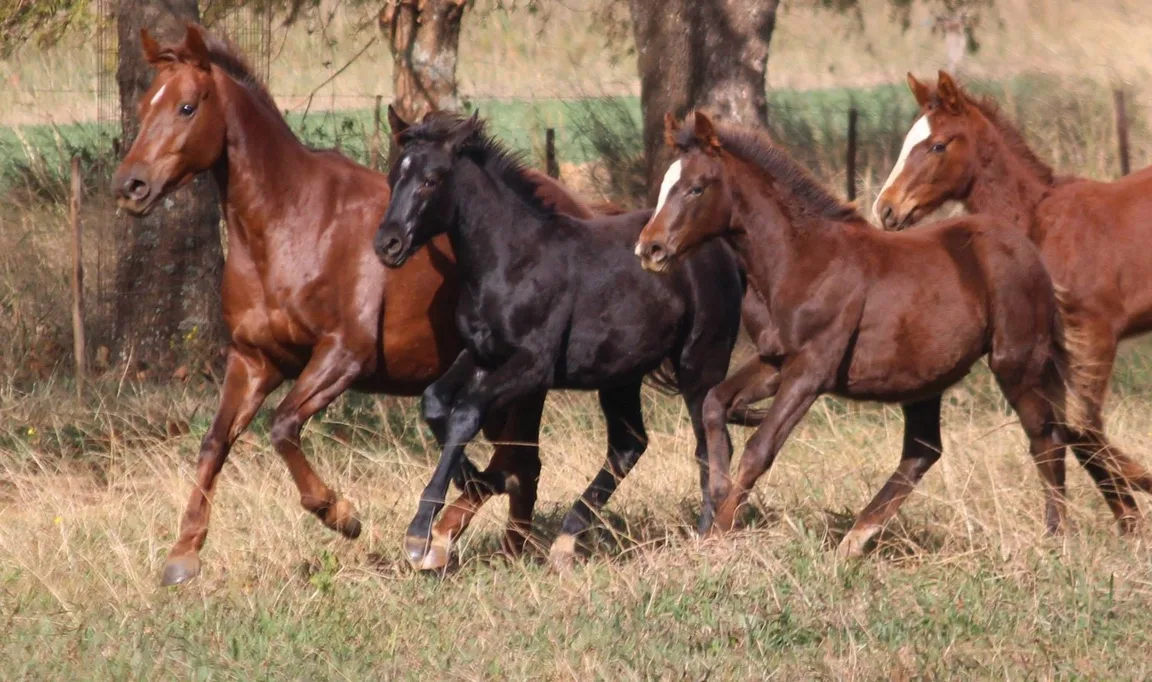
Feeding Schedule and Practices
Establishing a proper feeding routine is just as important as providing the right nutrients. Good feeding practices can help maintain digestive health, reduce the risk of colic, and ensure your horse receives balanced nutrition throughout the day. Here are key considerations for creating an effective feeding schedule and implementing best practices:
Frequency of meals:
- Aim to mimic natural grazing behavior
- Ideally, provide forage continuously or in multiple small meals throughout the day
- If feeding concentrates, divide into 2-3 smaller meals daily
- Never feed large amounts of grain in a single meal (no more than 0.5% of body weight)
Portion control:
- Measure feed by weight, not volume
- Use a scale to ensure accurate portioning
- Adjust portions based on the horse’s body condition and energy requirements
- Be consistent with portions to avoid digestive upset
Feeding environment:
- Provide a calm, stress-free area for feeding
- Ensure each horse has its own feeding space to prevent competition
- Feed at ground level when possible to promote natural head position
- Use slow-feeders or hay nets to extend foraging time
Feeding order:
- Always offer forage before concentrates
- This helps stimulate saliva production and buffer stomach acid
Water availability:
- Ensure clean, fresh water is always accessible
- Some horses prefer to drink after eating, so check water supply after meals
Timing of meals:
- Maintain a consistent feeding schedule
- Avoid feeding immediately before or after intense exercise
- Allow at least an hour after feeding before riding
Managing pasture access:
- Introduce horses to lush pasture gradually
- Consider limiting grazing time for easy keepers or laminitis-prone horses
- Use grazing muzzles when necessary to control intake
Treats and hand-feeding:
- Limit treats to maintain a balanced diet
- Choose healthy options (e.g., carrots, apples in moderation)
- Avoid hand-feeding to prevent the development of pushy behavior
Storage and feed quality:
- Store feed in a cool, dry place to prevent mold growth
- Keep feed containers sealed to prevent pest contamination
- Check hay and feed quality regularly
- Discard any moldy or spoiled feed immediately
Transitioning between feeds:
- Make any dietary changes gradually over 7-10 days
- This allows the digestive system to adapt and reduces the risk of colic
Monitoring and record-keeping:
- Keep a log of feed types, amounts, and any changes
- Regularly assess body condition and adjust feeding as needed
- Note any changes in appetite, water consumption, or manure consistency
While these guidelines provide a solid foundation, each horse is an individual. Be prepared to adjust your feeding practices based on your horse’s specific needs, health status, and response to the feeding program. Regular observation and willingness to make adjustments are key to successful equine nutrition management.
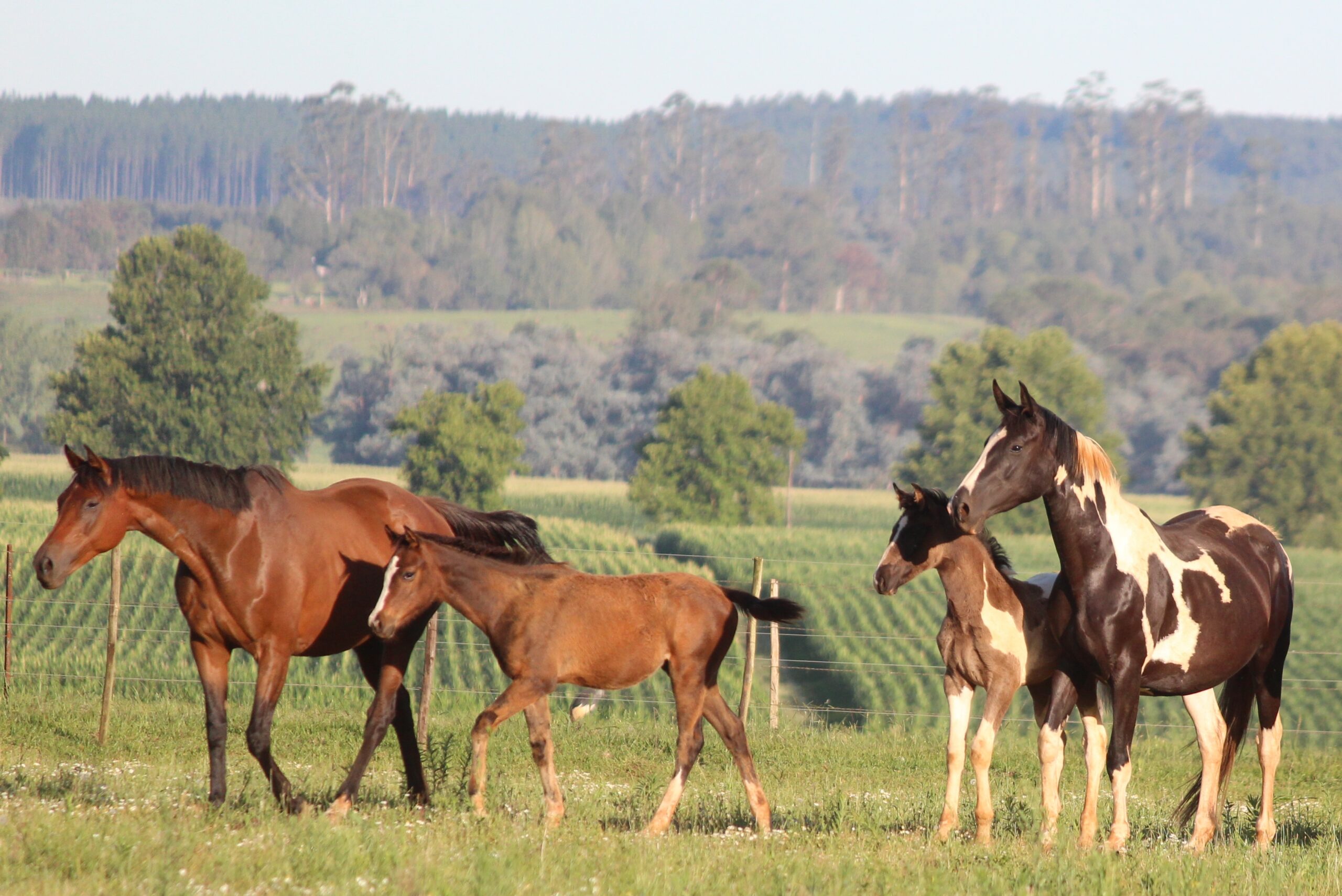
Common Nutritional Issues and How to Avoid Them
Even with the best intentions, horse owners may encounter nutritional issues. Understanding these common problems and their prevention can help maintain your horse’s health and well-being. Let’s explore some frequent nutritional challenges and strategies to avoid them:
Obesity and insulin resistance:
- Issue: Excess body fat, leading to metabolic problems and increased risk of laminitis
- Prevention:
- Monitor body condition regularly
- Limit access to lush pastures
- Control concentrate intake
- Increase exercise
- Use slow feeders to extend foraging time
Colic:
- Issue: Abdominal pain caused by various factors, often related to diet
- Prevention:
- Provide consistent access to forage
- Make dietary changes gradually
- Limit grain meals
- Ensure regular dental care
- Maintain a consistent feeding schedule
- Provide clean, fresh water at all times
Laminitis:
- Issue: Inflammation of the sensitive laminae in the hooves, often linked to diet
- Prevention:
- Limit non-structural carbohydrates in the diet
- Control body weight
- Restrict access to lush pastures, especially in spring and fall
- Feed low-sugar hay
- Implement regular exercise
Gastric ulcers:
- Issue: Erosion of the stomach lining, often due to stress and feeding practices
- Prevention:
- Provide constant access to forage
- Limit high-starch grain meals
- Feed smaller meals more frequently
- Consider adding alfalfa to the diet
- Reduce stress in the horse’s environment
Developmental orthopedic diseases:
- Issue: Growth abnormalities in young horses, often related to nutrition
- Prevention:
- Provide balanced nutrition appropriate for growing horses
- Avoid overfeeding, especially with concentrates
- Ensure proper calcium to phosphorus ratio
- Monitor growth rate and adjust feed accordingly
- Encourage regular, appropriate exercise
Vitamin and mineral imbalances:
- Issue: Deficiencies or excesses leading to various health problems
- Prevention:
- Analyze your forage and balance the diet accordingly
- Use a vitamin/mineral supplement when feeding primarily forage
- Avoid over-supplementation
- Consider your geographical area for regional deficiencies (e.g., selenium)
Dehydration:
- Issue: Insufficient water intake leading to impaction colic and other health issues
- Prevention:
- Provide constant access to clean, fresh water
- Encourage drinking by adding electrolytes when appropriate
- Monitor water intake, especially in extreme weather conditions
- Ensure water sources don’t freeze in winter
Choke:
- Issue: Esophageal obstruction, often caused by rapid eating or inadequately chewed food
- Prevention:
- Soak pelleted feeds for horses prone to choke
- Use slow feeders to prevent bolting of feed
- Ensure regular dental care
- Avoid feeding on the ground in sandy areas
Many of these issues are interconnected and can be prevented through a combination of proper nutrition, regular exercise, and good overall management. Always be observant of your horse’s behavior, appetite, and manure consistency, as these can be early indicators of developing issues.
If you suspect your horse is experiencing any of these problems, consult with your veterinarian immediately. Early intervention is often key to preventing more serious complications.
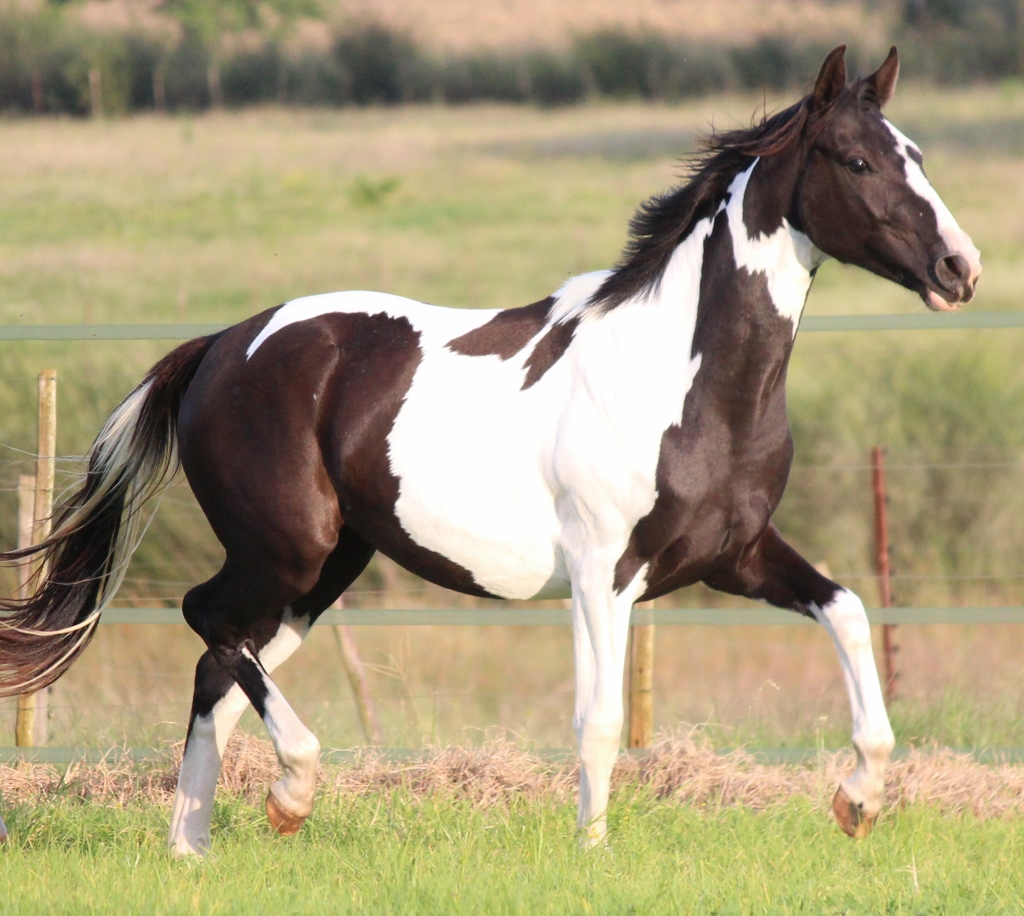
Monitoring Your Horse’s Nutritional Health
Regular assessment of your horse’s nutritional status is crucial for maintaining optimal health and catching potential issues early. Here are key aspects to monitor and methods for assessing your horse’s nutritional well-being:
Body Condition Scoring:
- Use the Henneke Body Condition Scoring system (scale of 1-9)
- Aim for a score of 4-6 for most horses
- Assess regularly, ideally every month
- Pay attention to specific areas: neck, withers, shoulder, ribs, loin, and tailhead
Weight Management:
- Use a weight tape or scale regularly (monthly for most horses)
- Keep a log of weight changes over time
- Be aware of seasonal fluctuations
- Adjust feed based on weight trends and activity level
Visual Assessment:
- Observe overall appearance: coat shine, muscle tone, and energy levels
- Check for signs of fat deposits, especially along the crest of the neck and tailhead
- Look for muscle loss, particularly along the topline
Hoof Quality:
- Monitor hoof growth rate and quality
- Look for signs of cracks, ridges, or changes in hoof wall strength
- Poor hoof quality can indicate nutritional imbalances
Manure Consistency:
- Observe manure consistency and frequency
- Look for signs of diarrhea, constipation, or undigested feed
- Changes in manure can indicate digestive issues or feed intolerances
Appetite and Eating Behavior:
- Monitor feed intake and interest in meals
- Observe for signs of difficulty chewing or dropping feed
- Note any changes in water consumption
Performance and Energy Levels:
- Assess energy levels during work or turnout
- Note any changes in stamina or recovery time after exercise
- Be aware of mood changes that could be linked to diet
Coat and Skin Condition:
- Evaluate coat shine, texture, and shedding patterns
- Check for dry, flaky skin or unusual hair loss
- A dull coat can indicate nutritional deficiencies
Vital Signs:
- Regularly check temperature, pulse, and respiration rate
- Be aware of your horse’s normal values and note any significant changes
Blood Work:
- Consider periodic blood tests to check for metabolic issues or nutrient imbalances
- Particularly important for performance horses or those with known health issues
Dental Health:
- Schedule regular dental check-ups (typically annually for adult horses)
- Watch for signs of dental problems like quidding (dropping partially chewed food)
Key points for effective monitoring:
- Establish a regular schedule for assessments
- Keep detailed records of your observations
- Take photos periodically to track visual changes over time
- Be consistent in your evaluation methods
- Learn what’s normal for your individual horse
- Don’t hesitate to consult with your veterinarian about any concerns
Changes in nutritional status often occur gradually. Regular, systematic monitoring allows you to detect subtle changes early and make necessary adjustments to your horse’s diet or management before more serious issues develop.

Working with Professionals
While understanding equine nutrition is crucial for every horse owner, collaborating with professionals can provide invaluable insights and help optimize your horse’s diet. Here’s how and when to work with experts:
When to consult a veterinarian or equine nutritionist:
- Developing an initial nutrition plan
- When your horse has specific health issues or dietary needs
- If you’re not seeing desired results from your current feeding program
- Before making significant changes to your horse’s diet
- When preparing for major life stages (e.g., pregnancy, senior years)
- If your horse is a high-performance athlete
- When managing weight issues (either weight gain or loss)
- If you suspect nutritional deficiencies or imbalances
Benefits of professional consultation:
- Expertise in equine physiology and nutritional science
- Access to up-to-date research and feeding strategies
- Ability to analyze feed and forage for precise nutrient content
- Experience with a wide range of equine health issues
- Customized feeding plans tailored to your horse’s specific needs
What to expect during a nutritional consultation:
- Detailed history taking (age, breed, use, health issues, current diet)
- Physical examination and body condition scoring
- Review of current feeding practices and management
- Possible blood work or other diagnostic tests
- Analysis of current feed and forage
- Development of a customized feeding plan
- Follow-up to assess the effectiveness of the new plan
Importance of regular health check-ups:
- Schedule annual veterinary check-ups at minimum
- Include dental exams in your regular health care routine
- Consider more frequent check-ups for senior horses or those with chronic conditions
Collaborating with your veterinarian:
- Keep your vet informed about your horse’s diet and any changes
- Discuss nutritional aspects of managing any health issues
- Ask for referrals to equine nutritionists when needed
Staying informed:
- Attend equine nutrition seminars or webinars
- Read reputable equine nutrition publications
- Join professional organizations focused on equine health and nutrition
Building a team approach:
- Encourage communication between your veterinarian, nutritionist, and other equine professionals (e.g., farrier, trainer)
- Share relevant information among team members to ensure consistent care
While professional advice is invaluable, you are your horse’s primary caretaker. Your daily observations and intimate knowledge of your horse’s habits and preferences are crucial in developing and maintaining an effective nutrition plan.

Conclusion
Proper nutrition is fundamental to your horse’s health, performance, and longevity. By understanding the basics of equine nutrition, implementing good feeding practices, regularly monitoring your horse’s health, and working with professionals when needed, you can ensure that your equine companion receives optimal nutrition throughout their life.
Each horse is an individual, and nutritional needs can change over time. Stay observant, be willing to make adjustments, and don’t hesitate to seek professional advice when questions or concerns arise. With dedication and informed care, you can provide your horse with a strong nutritional foundation for a healthy, happy life.
Equine nutrition is both a science and an art, requiring patience, dedication, and a willingness to learn. As you delve into these resources, remember that each horse is an individual, and what works for one may not work for another. Embrace the process of discovering what makes your horse thrive, and don’t be afraid to ask questions, seek advice, and try new things.
Let your love for your horse and your passion for their well-being guide your journey. The path to understanding equine nutrition is a rewarding one, filled with challenges, successes, and endless growth opportunities.

Resources and Further Reading: Expanding Your Equine Nutrition Knowledge
The world of equine nutrition is vast and ever-evolving, with an abundance of resources at our fingertips. Whether you’re a seasoned horse owner or new to the equine family, these recommendations will help you navigate the complexities of horse health and dietary needs.
Recommended Books
- “Nutrient Requirements of Horses” by the National Research Council: Often referred to as the bible of equine nutrition, this book provides a comprehensive look at the nutritional needs of horses at all stages of life.
- “Equine Nutrition and Feeding” by David Frape: A detailed and scientifically backed guide to everything you need to know about feeding horses, tailored for both students and seasoned horse owners.
- “Feed Your Horse Like A Horse” by Juliet M. Getty, Ph.D.: Focusing on a more natural approach to equine nutrition, this book simplifies complex nutritional concepts and how they apply to your horse’s diet.
Websites for Continued Learning
- The Horse: Your Guide to Equine Health Care (thehorse.com): A treasure trove of articles, webinars, and research summaries on equine health and nutrition.
- EquiSearch (equisearch.com): Offers a wide range of articles on horse care, nutrition, and management, written by equine experts and veterinarians.
- FeedXL Horse Nutrition Calculator (feedxl.com): An online tool that helps you balance your horse’s diet based on their specific needs, workload, and current feed regimen.
Consulting with Professionals
- Veterinarians and Equine Nutritionists: Building a relationship with professionals who specialize in equine health and nutrition can provide personalized advice and support tailored to your horse’s unique needs.
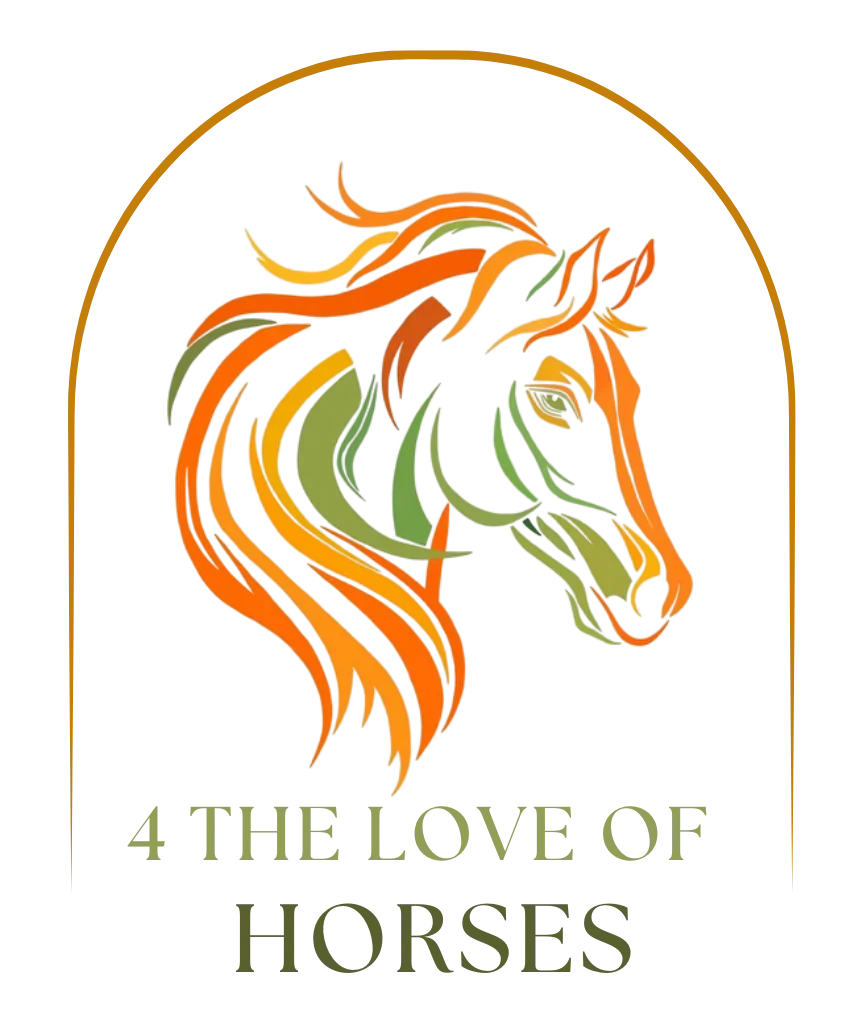
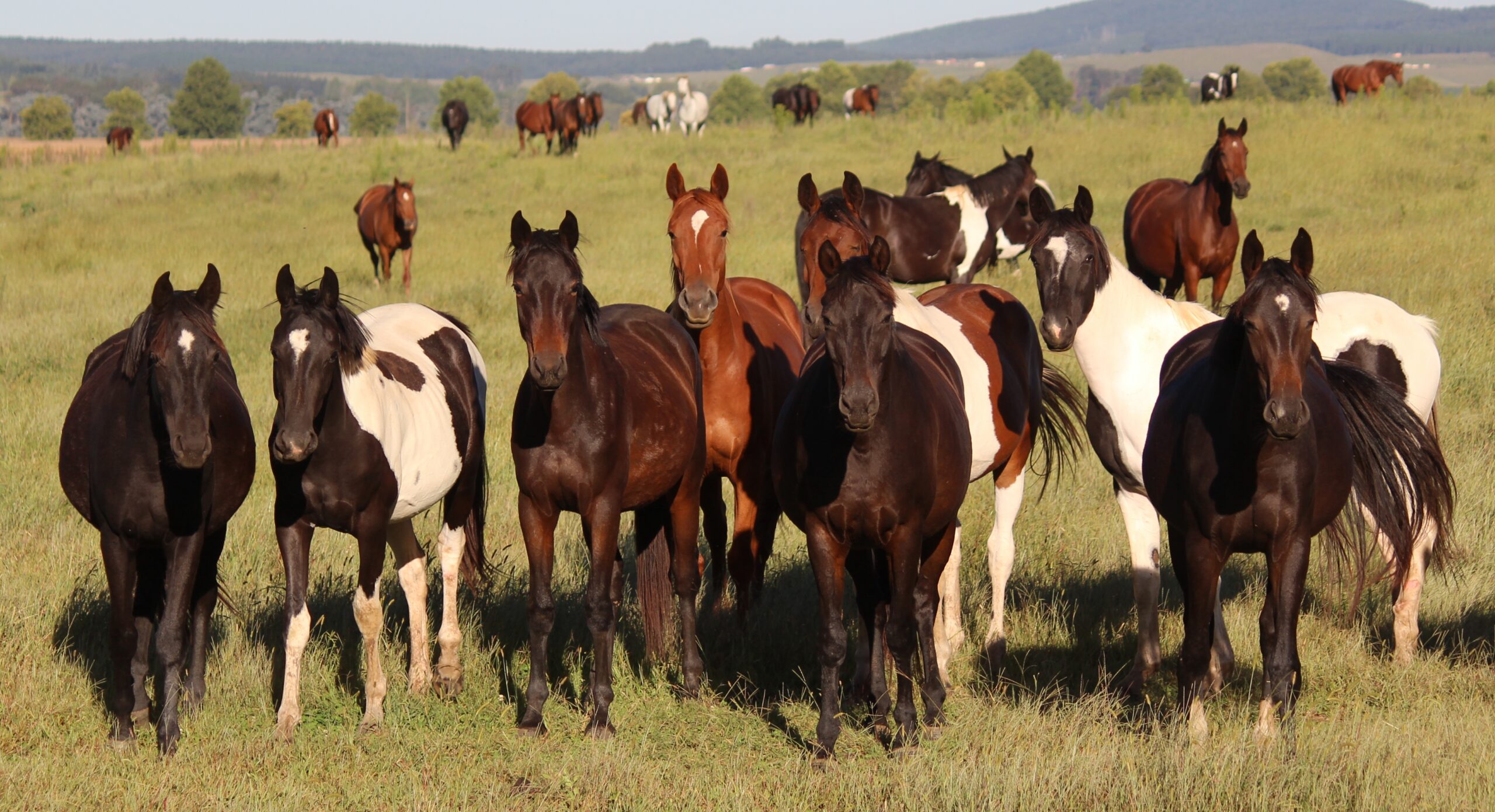
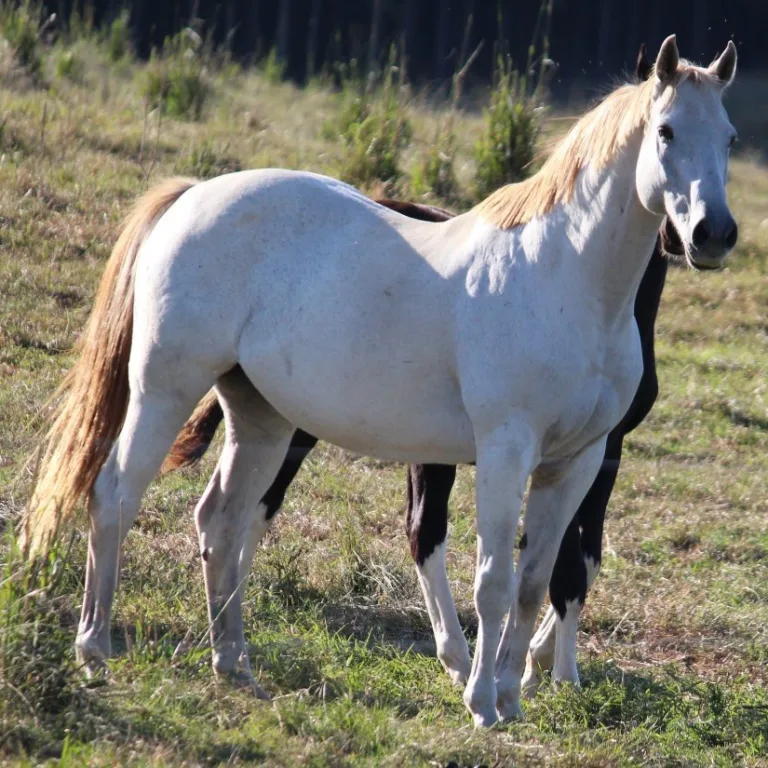
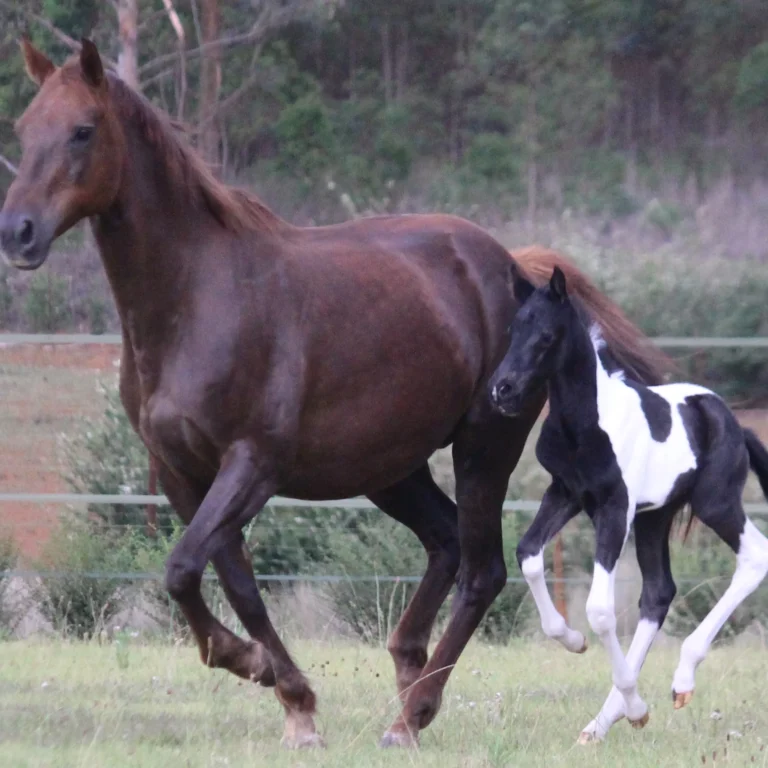
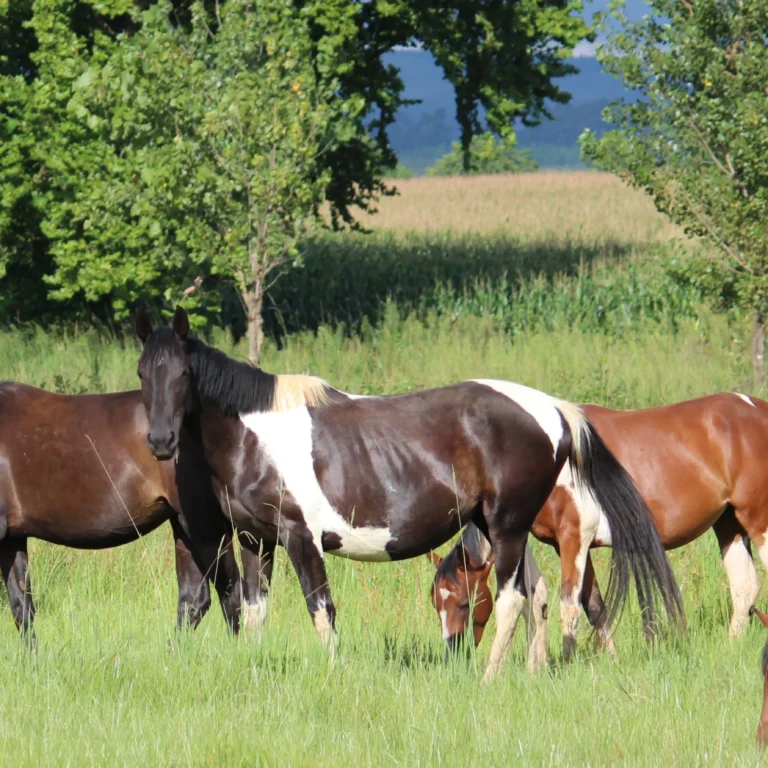
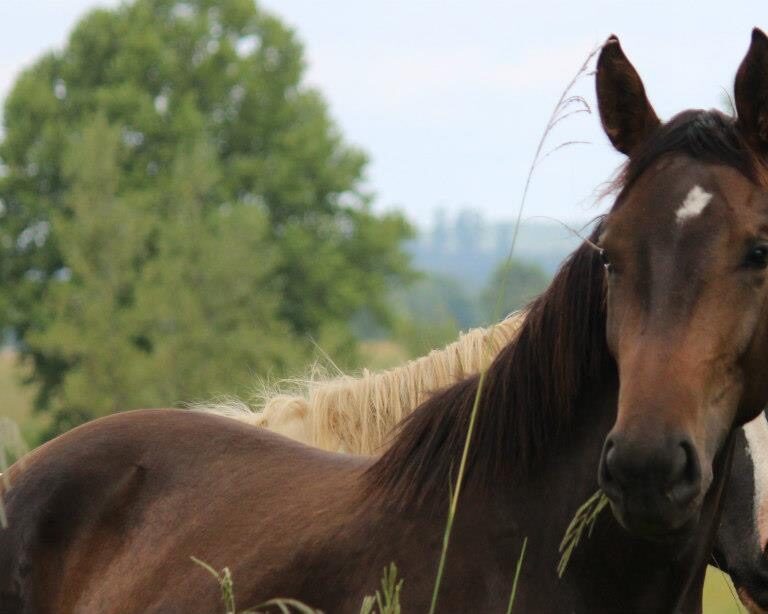
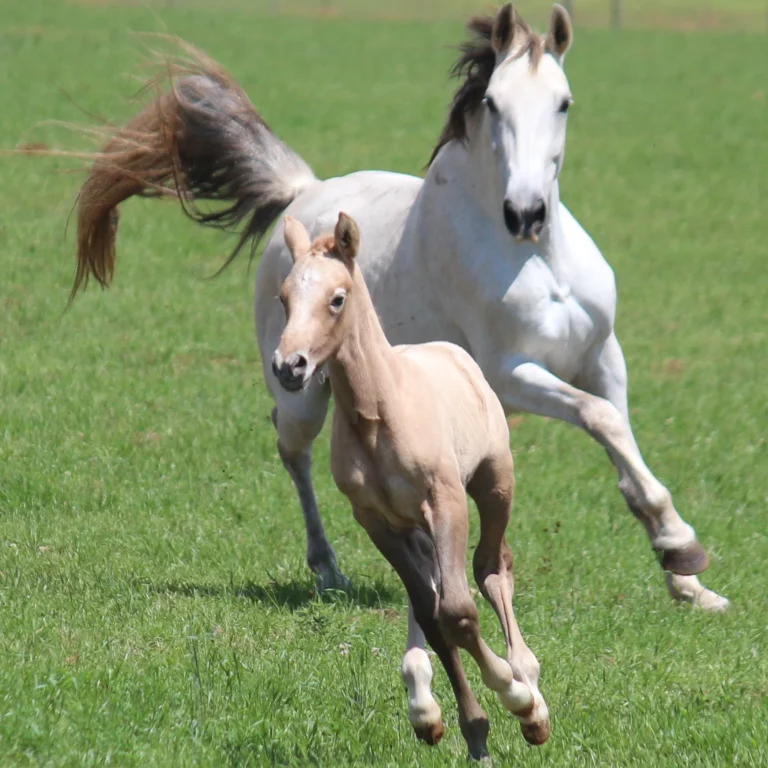
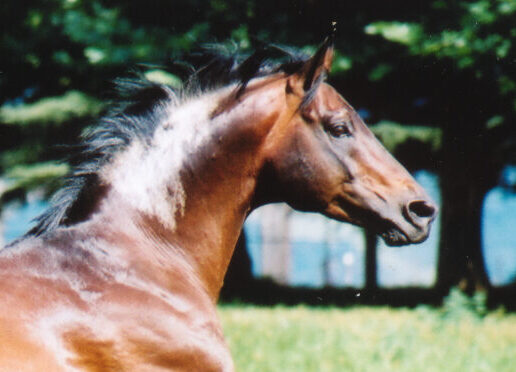
Leave a Reply